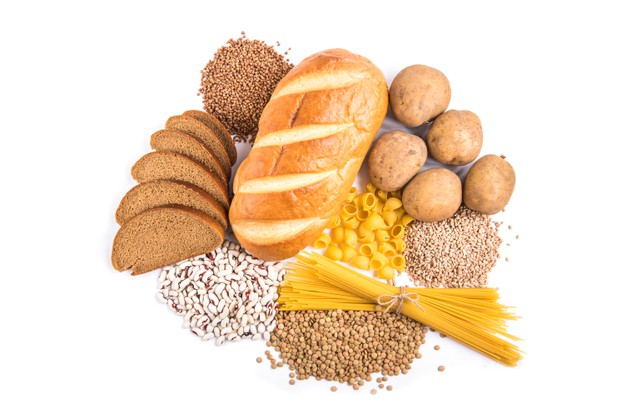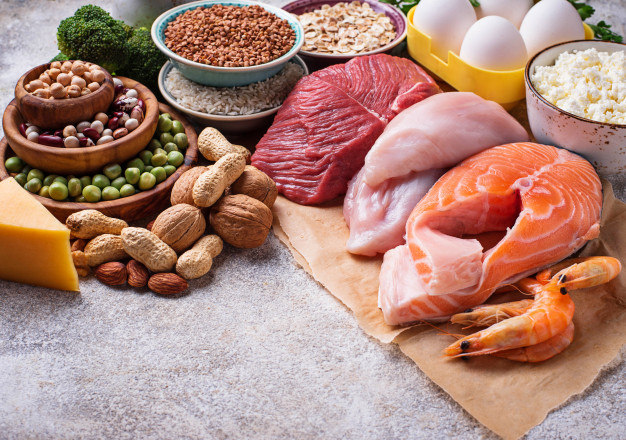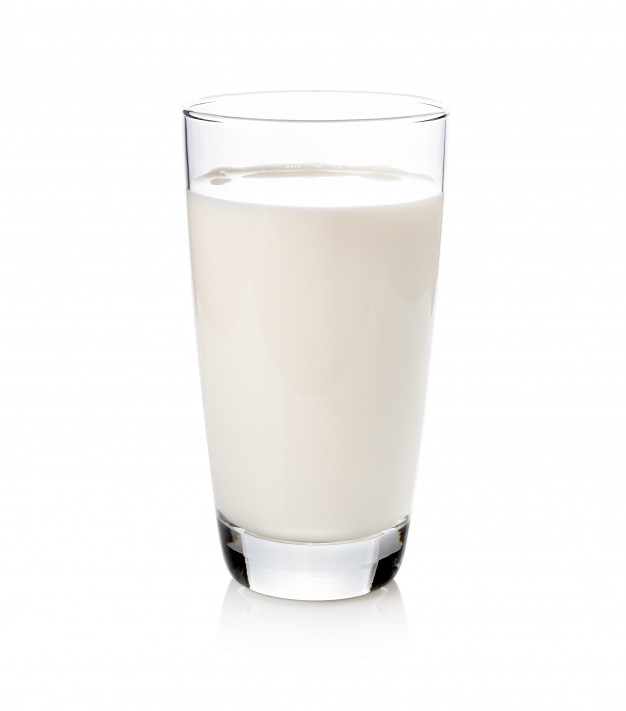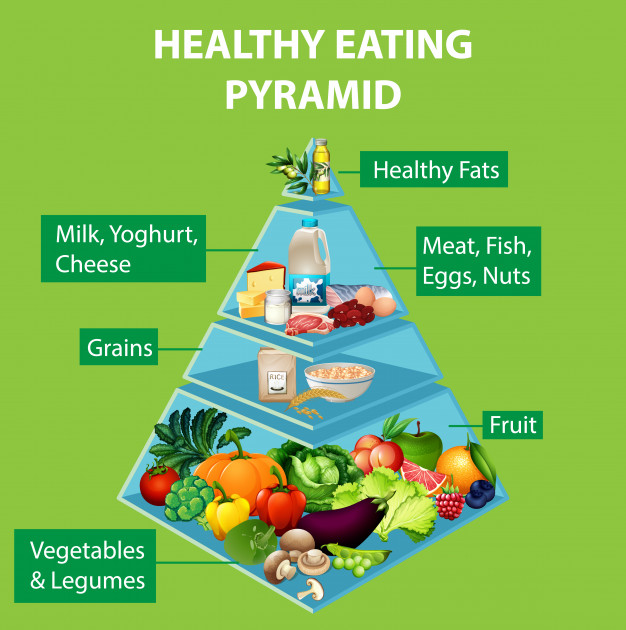Objective of the chapter: Food - Class 4
You will learn:
- what are nutrients
- types of nutrients
- about the importance of balanced diet
- how to cook food properly
- how to preserve food
Food for Class 4
Do you know why food is important for us? Food gives us energy to work, study and play. Food also helps us to grow properly.
Without food we will become weak and fell ill. Food protect our body against diseases and keep it healthy and strong.
What are Nutrients?
Food contain different substances that are needed by our body for doing different things. These substances are called nutrients.
Role of nutrients in our body:
- gives us energy to do work and play
- helps us to grow properly
- help us to fight diseases
A single food doesn't contain all the essential nutrients. Different food contain different nutrients. So, we should eat different to food to remain fit and healthy.
Types of Nutrients
The food that we eat contains five types of nutrients. They are:
- Carbohydrates
- Proteins
- Vitamins
- Fats
- Minerals
Apart from above nutrients, food also contains roughage and water.
Let's learn more about these nutrients.
Carbohydrates
Our body needs energy to do work. Carbohydrates in the food gives our body quick energy. That are therefore called energy-giving nutrients. Sugar and starch are two types of carbohydrates.
Children need lots of carbohydrates. That is why you should eat foods that are rich in carbohydrates.
Do you know which foods are rich in carbohydrates?
Cereals such as rice, wheat and maize are rich source of carbohydrates. That is why we should eat food made from cereals such as chapatti, bread, cooked rice, noodles, idli and dosa.
Some sugary foods like potatoes and bananas are also rich in carbohydrates.

Food Rich in Carbohydrates
Proteins
Proteins are nutrients that help our body to grow. They also help to repair damaged parts of our body. That is why proteins are called body-building nutrients.
Meat, fish, eggs, milk, cheese and pulses are rich source of proteins.

Food Rich in Proteins
Fats
Like carbohydrates, fats are also energy-giving nutrients. They are stored in our body for future use.
Do you know how fat is used in our body?
When our body does not get enough food, it uses fat stored in our body to get energy. Fats also help to keep our body warm.
Oil, cheese, butter and nuts are rich in fats.

Food Rich in Fats
Vitamins and Minerals
Vitamins are minerals help our body to fight diseases and stay healthy. That is why they are called protective foods.
Our body needs several vitamins and minerals. You will learn more about them in higher classes.
Vegetables, fruits, meat, fish, eggs and breads are rich in vitamins and minerals.
Do you know which mineral is required by our body to keep our bones and teeth healthy?
The answer is Calcium.
Calcium is a very important mineral. We should eat food rich in calcium to have healthy bones and teeth.
Milk and green leafy vegetables are rich in calcium.
Iron is another important mineral. It is needed to make blood in our body.
Meat, beans and green leafy vegetables are rich sources of iron.

Vegetables

Fruits

Meat

Milk
Roughage
Certain substances found in plant foods are not digested by our body. These indigestible substances from roughage or fibre. Roughage helps in removing waste from our body.
Beans, lentils, pears and sweet potato are rich in roughage.
Water
Our body needs sufficient amount of water to stay healthy. Water helps the body to digest food, absorb nutrients properly and get rid of waste from the body.
Almost two-third of our body weight is water. Our body needs about 3 litres of water every day. About 1 litre comes from the liquid that we drink (water, milk, juice) and food that we eat. So we should drink about 2 litres (eight glasses) of water every day.
What is a Balanced Diet?
The food that we eat every day is called a diet. Our diet must contain all the nutrients in proper quantities to keep our body fit and healthy.
A diet that contains all the nutrients in the right quantities is called a balanced diet.
No food contains all the nutrients in the right amount. For a balanced diet, therefore, we should eat different types of food every day.
A balanced diet should contain food items from each of the following food groups:
- Protein: meat, eggs, fish, nuts, paneer
- Milk group: milk, cheese, curd
- Vegetables and fruits: fresh vegetables and fruits
- Cereals: chapatis, rice, bread, noodles

Balanced Diet
Cooking Food
There are foods that can be eaten raw. For example, carrot, cucumber and fruits. You must washed them properly before eating to remove dust, germs and pesticides.
However, there are some foods that cannot be eaten in the raw form. For example, rice and vegetables. They can be consumed only after cooking them in proper way.
What is the benefit of cooking food?
- Food becomes soft and tasty
- Food becomes easy to chew and digest
- Heating kills all the germs present in the food
What happens when food is not cooked properly?
- Overcooking a food destroys all the nutrients present in it.
- Washing fruits and vegetables after they are cut removes many nutrients. So they should be washed before they are cut.
- Cooking food in too much water and then throwing away the water takes away the nutrients with the water.
Preserving Food
If food is left out for a long time, germs start growing in it. The foot starts rotting. Eating rotten food can make us sick.
Food is therefore preserved to keep it from going bad.
Here are some ways in which food can be preserved:
- Refrigeration: If food is kept in a refrigerator, the growth of germs slows down. Food can therefore be stored for a few days in the refrigerator without it going bad.
- Using preservatives: Substances like sugar, salt and oil can slow down the growth of germs. They are added to foods to preserve them for a long time. These substances are called preservatives. For example, pickles are preserved by adding oil in it. Jams are preserved by adding sugar.
- Canning: In canning, germs are first killed. The food is then sealed in cans.
- Drying: Water is removed from the food items to stop germs from growing.
